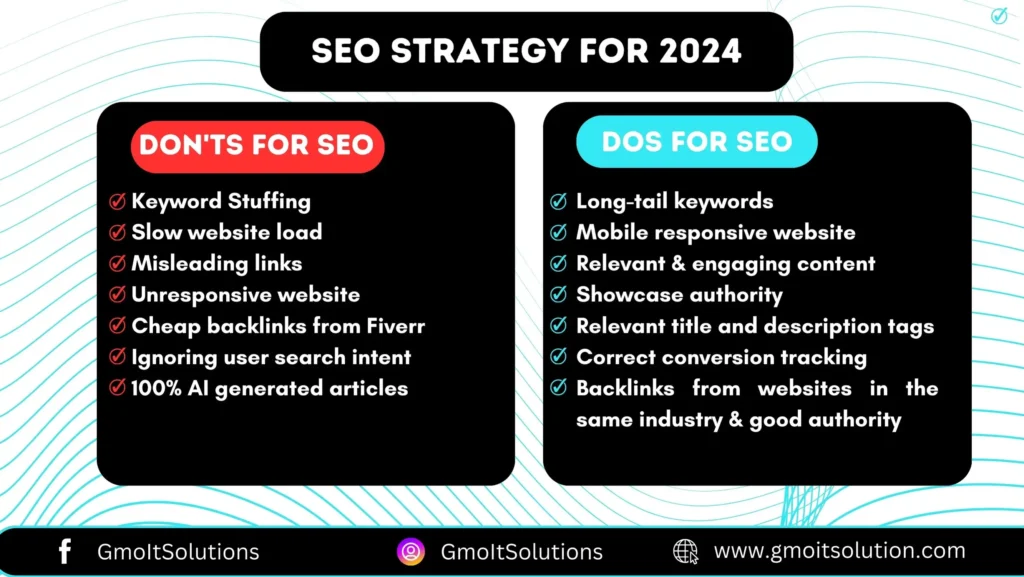Introduction
Long-tail keywords have grown in importance in the constantly developing field of SEO for developing focused visitors. Your online visibility can be greatly improved by knowing what long-tail keywords are and how to use them, no matter your level of experience in SEO.
What Are Long-Tail Keywords?
Long tail keywords are longer and more focused phrases of text that are more likely to be used by website visitors who are about to make a buy or are looking for specific information. Long-tail keywords are easier to rank for and less competitive than short-tail keywords because they respond to specific inquiries.
Choose to focus on the word “shoes,” and “women’s waterproof hiking shoes size 8” is a long-tail keyword that might be taken into account. This statement is more targeted and speaks to a specific need, therefore it’s more likely to attract a customer who is looking for that product.
Long-Tail Keywords vs. Short-Tail Keywords
The specificity is the key factor that divides long-tail keywords from short-tail keywords. One or two words compose short-tail keywords, which are typically broad terms like “laptop” or “SEO.” While there are a lot of searches for these terms, they are very competitive.
Long-tail keywords, on the other hand, are more informative and focused; examples are “best lightweight laptops for graphic design” and “how to improve SEO for small businesses.” Due to their ability to address specific needs or searches, these keywords have lower search numbers but better conversion rates.
Why Are Long-Tail Keywords Important for SEO?
Using long-tail keywords offers multiple benefits one of which is their capacity to draw highly targeted traffic. Users who perform focused long-tail keyword searches are more likely to convert because they are usually further along in the buyer’s journey. Because of this, long-tail keywords are an important part of any SEO strategy.
Long-tail keywords also have less competition, which makes them easier to rank for. Your material will have a higher chance of appearing on the first page of search engine results if you use long-tail keywords.
How to Find Long-Tail Keywords
It takes a little research to find the correct long-tail keywords, but the work is definitely worth it. The following methods will help you identify which long-tail keywords are most suitable for your content
Use a Long-Tail Keywords Search Tool
Some tools are available to perform keyword research with a focus on long-tail keyword ideas. Ahrefs, SEMrush, and Google Keyword Planner are a few popular choices. With the use of these tools, you can find out what people are looking for by conducting long-tail keyword searches.
Analyze Your Competitors
Check the keywords that your competitors are ranking for. Ahrefs and Moz are two tools that can help you conduct long-tail keyword research and exploring.
Leverage Google Suggestions
As soon as you start typing a search request into Google, important long-tail keyword suggestions appear. For additional suggestions, look at the “People Also Ask” and “Related Searches” sections.
Focus on User Intent
Identify relevant questions or problems that your target audience might be they face then create long-tail keyword terms around those. It is best to be as specific as possible.
How to Use Long-Tail Keywords in Your SEO Strategy
It’s important to correctly integrate your long-tail keywords into your content after you’ve discovered what they are. Here are some useful hints for making the best use of long-tail keywords:
Incorporate Them Naturally
Make sure your long-tail keywords flow naturally and include them in headers, the meta title, meta descriptions, and the body of the article. Search engines can reject content that stuffs keywords or uses them unnecessarily.
Create Content Around Long-Tail Queries
Write articles, blog posts, or landing pages that center around long-tail searches that address the particular questions that users have. This is a fantastic method to build authority in your niche and attract targeted traffic.
Optimize for Voice Search
More people are using longtail searches as a result of the increasing use of voice-controlled devices like Siri, Alexa, and Google Assistant. Due to their propensity toward being lengthy and conversational, voice search inquiries are excellent choices for long-tail keyword optimization.
Track Your Performance
Keep an eye on your long-tail keywords’ performance in search results regularly. You can monitor the success of your long-tail keyword searches with the use of tools like Google Analytics and Google Search Console.
Examples of Long-Tail Keywords
Here are some samples of long-tail keywords from different sectors to help you get a better idea:
- Travel: where to place traveler collectibles
- Tech: how much does an ultrasound tech make
- Health & Fitness: what are the 5 health-related components of fitness
- Fashion: how to make an old-fashioned cocktail
Targeting users with focused requirements and a greater conversion rate, these long-tail requests are specific.
Conclusion
Long-tail keywords can be a handy tool for attracting in visitors who are pertinent to your website. You may increase the success rate of your SEO efforts and draw in more quality leads by focusing on targeted, less competitive terms. Spend time researching keywords and making sure your content is relevant to the intent of the user if you want to succeed in the future. Long-tail keyword methods have a chance to improve conversion rates, traffic, and rankings when used smoothly.
You may maintain an advantage over competitors and make sure that your website continues to be a useful tool for your audience by being mindful of and carrying out long-tail keywords.




Pingback: Short-Tail Keywords: Boost Your SEO with Smart Strategies
Pingback: Mastering Keyword Research Strategies for Effective SEO